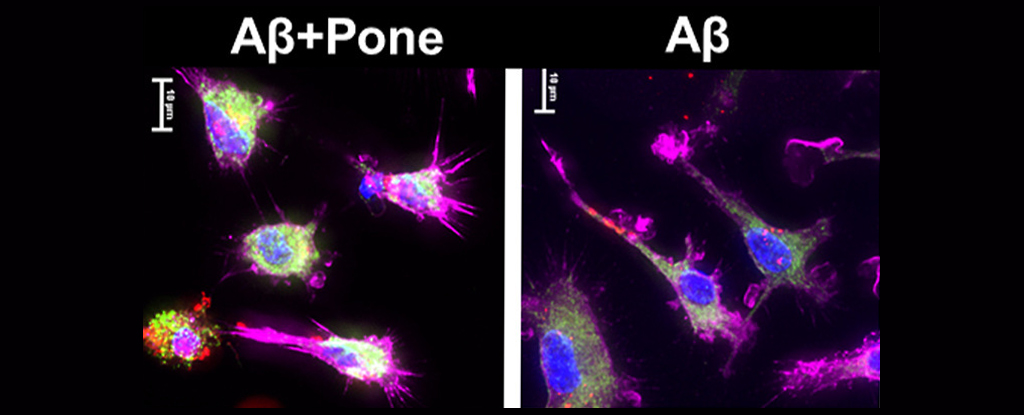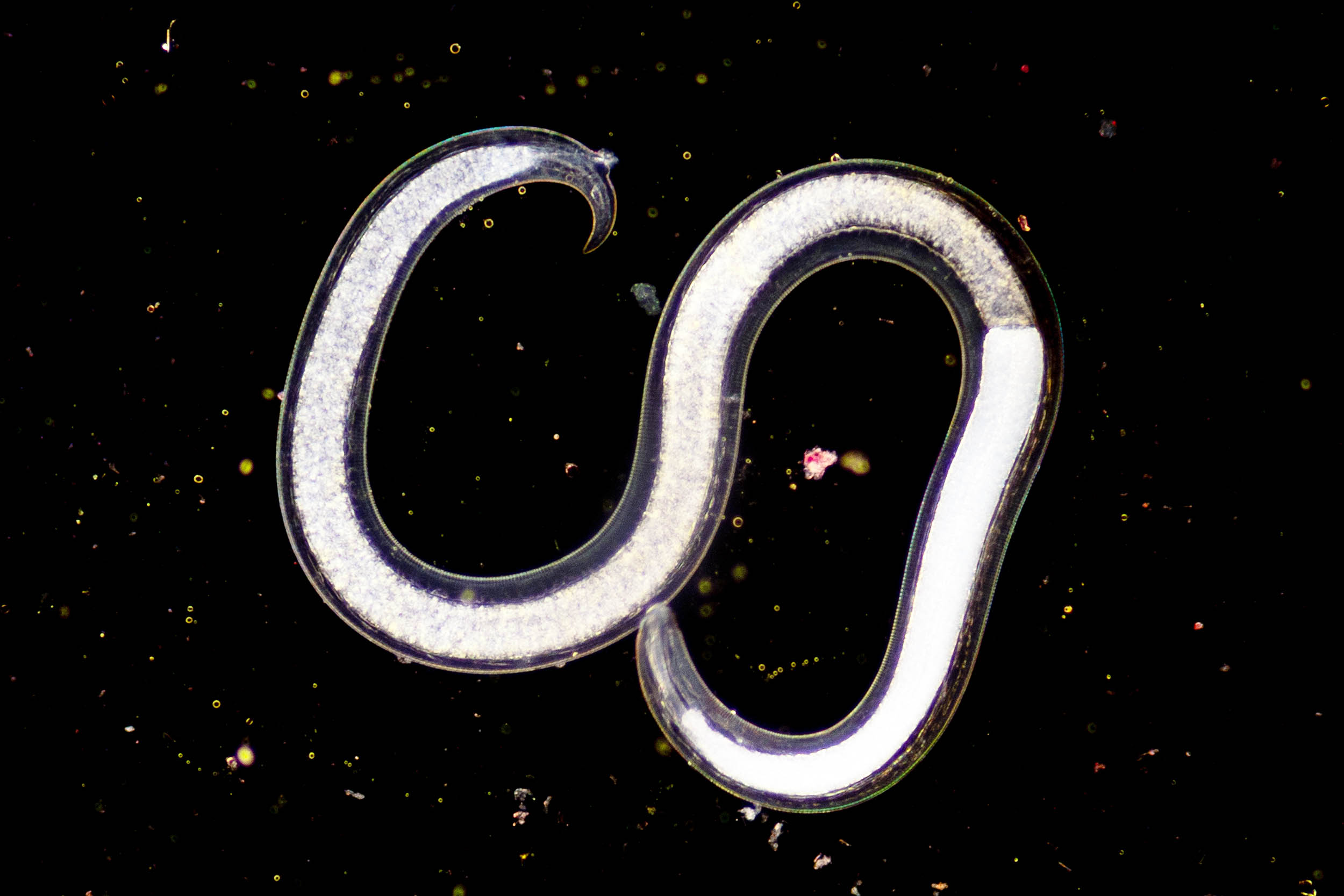Get the latest Science News and Discoveries
How scientists sharpened the blurry vision of the James Webb Space Telescope, which lies about 1.5 million kilometres away and cannot be serviced directly
Flying on board the James Webb Space Telescope (JWST) above Earth's turbulent atmosphere, the Aperture Masking Interferometer (AMI) on the NIRISS instrument is the highest-resolution infrared interferometer ever placed in space. However, its performance was found to be limited by non-linear detector systematics, particularly charge migration - or the Brighter-Fatter Effect. Conventional interferometric Fourier observables are degraded by non-linear transformations in the image plane, with the consequence that the inner working angle and contrast limits of AMI were seriously compromised. Building on the end-to-end differentiable model & calibration code amigo, we here present a regularised maximum-likelihood image reconstruction framework dorito which can deconvolve AMI images either in the image plane or from calibrated Fourier observables, achieving high angular resolution and contrast over a wider field of view than conventional interferometric limits. This modular code by default includes regularisation by maximum entropy, and total variation defined with $l_1$ or $l_2$ metrics. We present imaging results from dorito for three benchmark imaging datasets: the volcanoes of Jupiter's moon Io, the colliding-wind binary dust nebula WR 137 and the archetypal Seyfert 2 active galactic nucleus NGC 1068. In all three cases we recover images consistent with the literature at diffraction-limited resolutions. The performance, limitations, and future opportunities enabled by amigo for AMI imaging (and beyond) are discussed.
None
Or read this on r/Space

